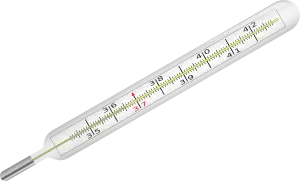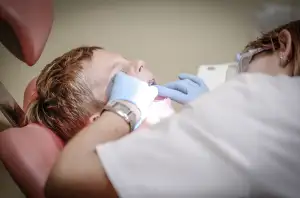Unveiling the Truth About Pilling Skin: Understanding and Treating this Common Skin Condition

**Introduction to Pilling Skin**
Pilling skin, also known as desquamation, refers to the shedding or flaking of the outermost layer of the skin. This common condition can occur for various reasons, such as dryness, irritation, or underlying skin disorders. The process of skin shedding is a natural part of the skin's renewal cycle, but excessive pilling can be bothersome and may indicate an underlying issue that needs attention. Understanding the causes, symptoms, and treatment options for pilling skin is essential in maintaining healthy and radiant skin.
Causes of Pilling Skin
Pilling skin, also known as desquamation, can be caused by a variety of factors. One common cause is excessive dryness, which leads to the outer layer of the skin becoming rough and flaky. Harsh weather conditions, such as cold temperatures or low humidity, can also contribute to pilling skin.
Another factor is improper skincare routines, including over-exfoliation or using harsh chemicals that strip the skin of its natural oils. Certain medical conditions like eczema, psoriasis, or allergic reactions can also result in pilling skin.
Furthermore, age-related changes in the skin's structure and reduced collagen production can make the skin more prone to peeling. It's essential to identify the underlying cause of pilling skin to determine the most effective treatment approach.
Common Symptoms Associated with Pilling Skin
Pilling skin is often characterized by the presence of small, flaky patches on the surface of the skin. These patches can appear dry, rough, and may sometimes be itchy or sensitive to touch. In some cases, pilling skin can also lead to redness and inflammation in the affected areas. Additionally, individuals with pilling skin may notice their skin feeling tight or looking dull due to the shedding of dead skin cells. It is essential to pay attention to these symptoms and seek appropriate treatment to address the underlying causes of pilling skin.
Diagnosis and Treatment Options for Pilling Skin
Diagnosis of pilling skin involves a physical examination by a dermatologist to assess the extent and severity of the condition. Skin biopsies may be conducted to rule out underlying skin conditions like eczema or psoriasis. Treatment options for pilling skin typically include gentle exfoliation using mild scrubs or chemical exfoliants to remove dead skin cells. Moisturizing creams containing ingredients like hyaluronic acid can help improve skin hydration and reduce pilling. In severe cases, prescription medications such as retinoids may be prescribed to promote skin cell turnover and reduce pilling.
Prevention Tips for Managing Pilling Skin
1. Gentle Cleansing: Use a mild, fragrance-free cleanser to avoid stripping the skin of its natural oils, which can contribute to pilling.
2. Moisturize Regularly: Keep your skin well-hydrated with a non-comedogenic moisturizer to prevent dryness and flakiness that can lead to pilling.
3. Exfoliate Wisely: Incorporate gentle exfoliation into your skincare routine to remove dead skin cells and promote cell turnover, reducing the likelihood of pilling.
4. Avoid Harsh Ingredients: Steer clear of products containing alcohol, sulfates, and harsh chemicals that can irritate the skin and exacerbate pilling.
5. Protect Your Skin: Shield your skin from environmental aggressors like UV rays by using sunscreen daily to maintain skin health and prevent damage that can trigger pilling.
By following these prevention tips, you can effectively manage pilling skin and maintain a healthy complexion.
When to Seek Medical Advice for Persistent Pilling Skin
If you notice that your skin continues to pill despite trying various home remedies and skincare products, it might be time to seek medical advice. Persistent pilling skin could be a sign of an underlying skin condition such as eczema, psoriasis, or dermatitis. Additionally, if the pilling is accompanied by other symptoms like redness, itching, or inflammation, it is important to consult a dermatologist for a proper diagnosis and treatment plan. Remember, early intervention can help prevent further damage to the skin and improve overall skin health.
Published: 06. 05. 2024
Category: Health



